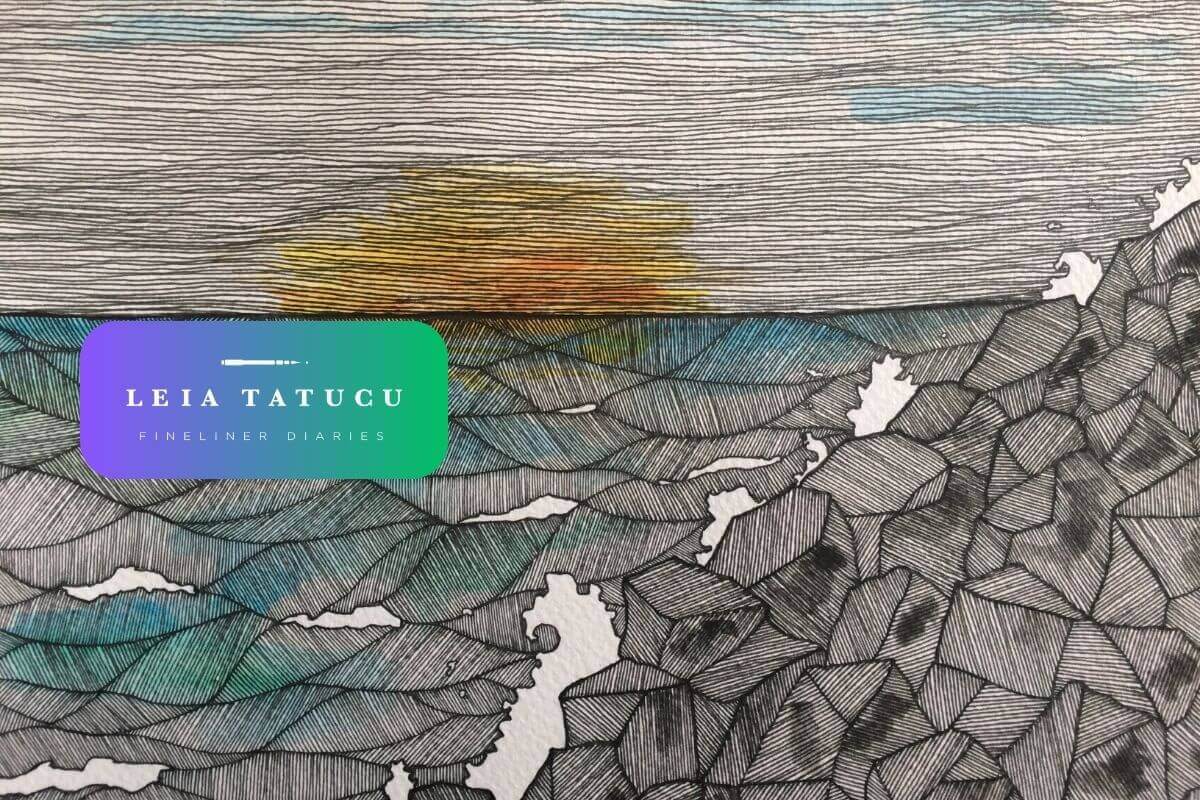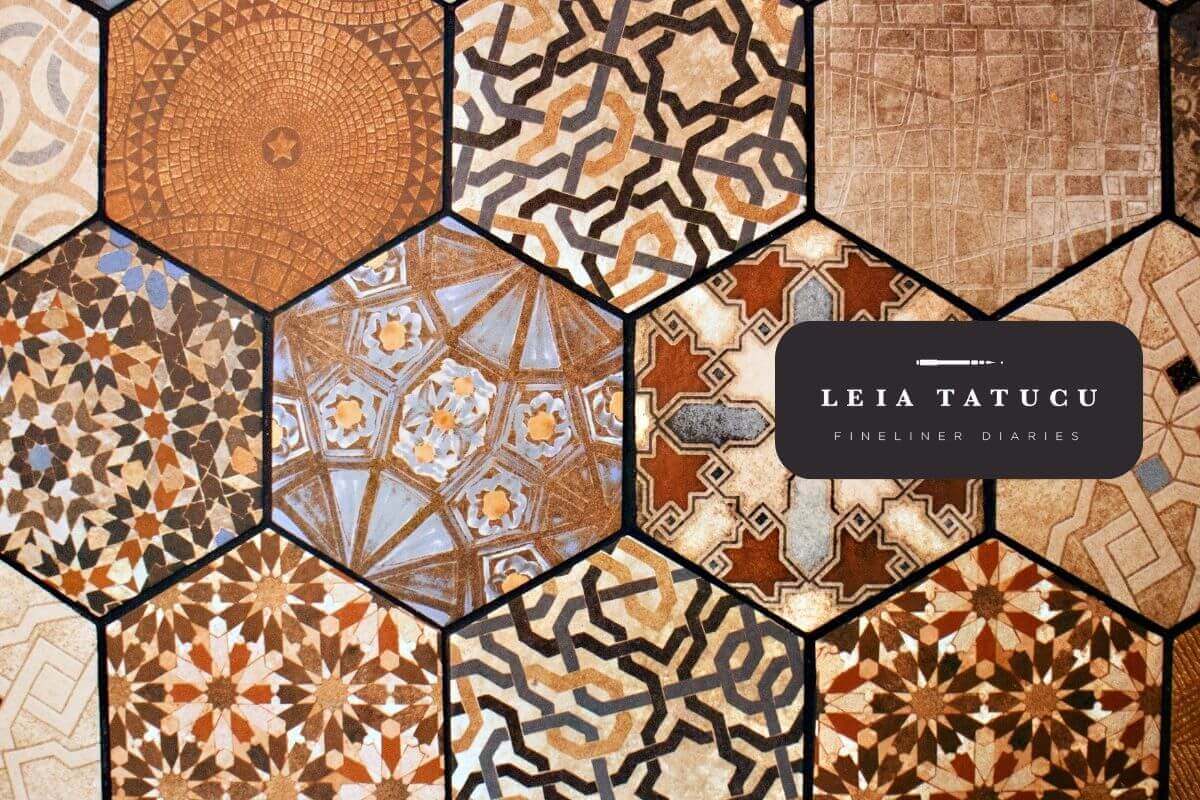
Echoes of Nature: Incorporating Organic Elements in Multidisciplinary Art
As we navigate our daily routines, the whispers of nature surround us, offering an inspiring symphony drawn from the earth's beauty. For artists, this natural harmony not only serves as a backdrop but also becomes a muse, enriching various forms of creative expression. Whether we reside in a serene village nestled amidst nature or a bustling cityscape that obscures distant mountain peaks, inspiration abounds. Delicate fern tendrils, majestic mountain summits, vibrant neon lights, and resilient plants breaking through cracks in walls - all reflect the intricacies of our emotions and interweave with the evolving tapestry of our inner and outer worlds.
This blog post is a venture into the realm where nature meets art; this exploration is perfect for art enthusiasts (such as yourself), nature lovers, and creative professionals aiming to enrich their wellspring of inspiration.
The Symphony of Landscapes and Seasons
Imagine a canvas where each season conducts its own masterpiece. Spring brings the vibrant greens of hope, while summer boldly strokes warmth onto the scene. Autumn fills the palette with melancholic hues, and winter covers it in a serene blanket of white. These cyclical transformations continuously inspire art that harmonizes with nature's inherent rhythms.
But the influence of seasons on our art extends beyond colors; it affects our work rhythm as well. Have you ever noticed how spring ignites a burst of creative energy, while the cold season becomes a time for reflection and planning?
By aligning with the natural ebb and flow of seasons, we can infuse our work with transitions that captivate not only visually but also emotionally. A sculpture may embody the textural contrast between the rugged bark of trees and the softness of new grass. A painting might capture the dance of light as it gracefully shifts from dawn to dusk.
Let the seasons guide your artistic journey, and watch as your creations become captivating expressions that resonate with the world around us.

The Inner and Outer Worlds
Art serves as a bridge between our innermost emotions and the external world. It reflects our personal experiences, be it joy, sorrow, or solitude, in the natural landscapes we inhabit or yearn for. Through art, we find a therapeutic window to comprehend and express these emotions through nature's lens.
The connection between our internal state and nature's temperament can be portrayed through various forms of art, such as mixed media, photography, or installation art. These artistic representations invite observers on a journey of self-reflection and a deeper connection with the natural world.
This profound connection also offers solace when our inner world feels unsettled and seeks equilibrium. Step outside, seek vibrant and cheerful colors, listen to the world around you, and find the balance you long for within.
Let art be the conduit that harmonizes your inner and outer worlds.

Creativity Blossoms from Every Leaf and Pebble
Every element in nature harbors the potential to spark creative revelation. Artists have long found materials and motifs in the form of leaves, pebbles, wood grain, and even the patterns cast by shadows and light through tree canopies. These elements become the alphabet of a unique language spoken through art.
Incorporating organic elements into your work not only enhances its aesthetic appeal, but also grounds it in the tangible reality of life. Picture a dance performance where the choreography mimics the graceful flow of a river, or a fashion collection that reflects the diverse textures found on a forest floor.
This holds true for both realist and abstract art. When form ceases to be the sole guide through the visual narrative of the art we create or admire, color, light, and shadow take on the role of guiding us further.

Guiding Principles for Integrating Nature in Art
When threading nature into your work, consider the following principles to ensure that your art not only captures the essence of the organic world but also speaks volumes to the audience desiring authenticity and connection:
- Observation: Take the time to immerse yourself in natural settings. Watch, listen, and feel. Carry a sketchbook or a voice recorder to capture those fleeting moments of inspiration.
- Respect: While using natural materials, be mindful of your environmental impact. Always source ethically and respect the balance of ecosystems.
- Experimentation: Nature is wildly inventive. Don't be afraid to experiment with unconventional materials and techniques that reflect the diverse expressions found in the wild.
- Symbolism: Nature is rich with symbols. Infuse your work with deeper meaning by understanding and integrating these symbols thoughtfully.
- Storytelling: Every piece of art tells a story. Let the narratives embedded in nature's fabric unfold through your artistic discipline, regardless of the medium.

Conclusion
Nature has always been an endless wellspring of inspiration for artists, evoking profound emotions. At Fineliner Diaries, we embrace this organic beauty to create art that resonates with truth and innovation. By infusing our creative endeavors with nature's musings, we pay homage to the world around us while amplifying the impact of our art.
Embark on this artistic journey with me, celebrating the harmonious union of art and nature. Every leaf, stone, and water droplet holds the key to unlocking your boundless creativity. Let the whispers of nature guide you as you craft art that reverberates through hearts and withstands the test of time.
As you marvel at the splendor of the natural world, what will be your canvas, and how will you share its story? I'd love for you to share your thoughts and masterpieces with us, for every contribution holds the seed of collective inspiration.




Leave a comment
This site is protected by hCaptcha and the hCaptcha Privacy Policy and Terms of Service apply.